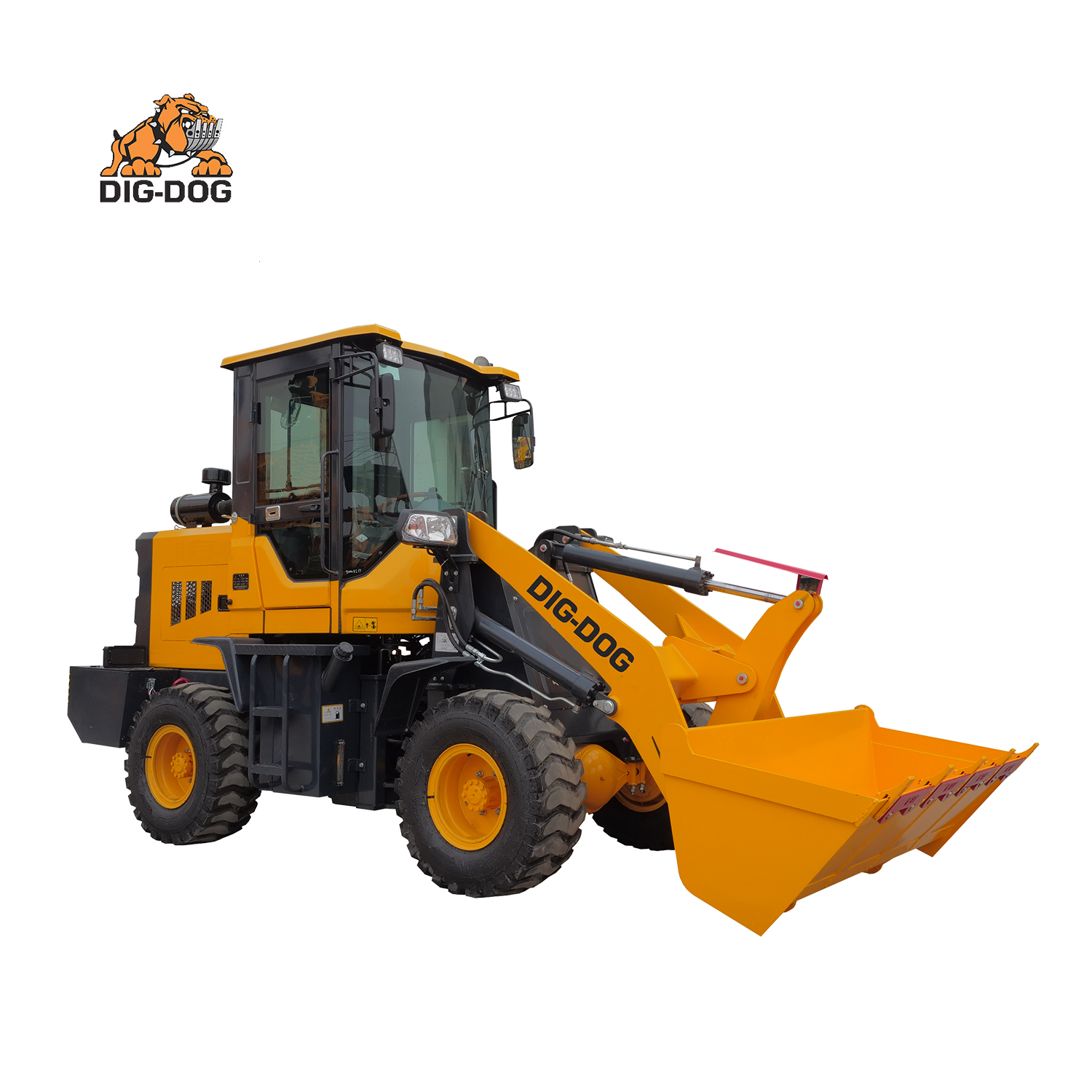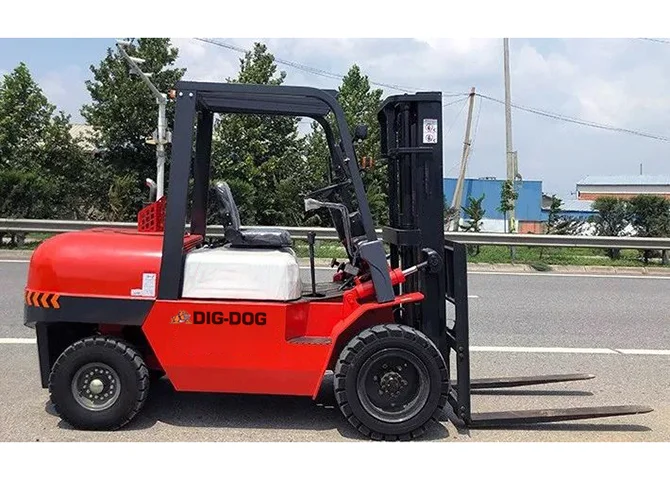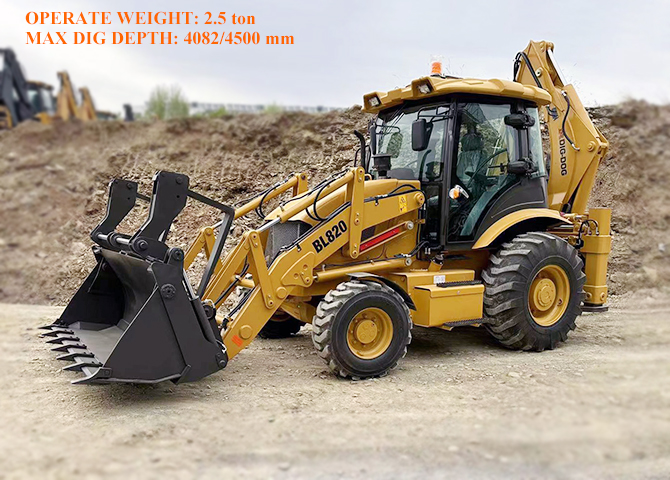Similar to trucks and other large equipment, delaying or ignoring scheduled maintenance of compact track loaders can lead to major trouble and significant repair costs. When operators do not perform routine maintenance in a timely manner, unexpected outages can result, which can be costly and frustrating.
Without regular maintenance, engine and driveline problems can also occur, and machine parts can wear out excessively. Pay close attention to the maintenance cycle and make sure the operator is going around every day to make sure the machine is in good condition.

Since proper maintenance is important for compact track loaders, experts share their advice on how contractors can keep equipment running:
1. Establish and follow a maintenance plan
Like any service equipment, the manufacturer also includes a suggested maintenance schedule that the contractor is advised to follow. The operation and maintenance manual of the machine provides maintenance intervals for liquids, lubricants and filters.
Typical service guidelines recommend changing the oil on compact loaders after 500 hours of service and lubricating it every 50 hours of service.
The biggest thing contractors forget is lubrication. People forget to oil pins and bushings, which can cause big problems over time. When worn, they can bend parts like hydraulic cylinders, leading to the need for repairs. This is something that could easily have been avoided in the first place by simply lubing.
Maintenance plans should also include checking radiators and air filters for other fluids.
You need to get into the habit, both at the end of your shift and at the beginning. We work in dirty conditions, for example, the machine can overheat if you don't take care of the radiators.
2. Check the chassis
The chassis is the most difficult part of the loader's job and it is always a good idea to thoroughly inspect this area. Check track tension and sprocket system and always remember to clean it. If it is not working optimally, the whole machine will be affected.
If the temperature drops too low, cleaning the chassis and associated components can prevent debris from freezing. A shovel and pressure washer can be used to clean the chassis area to ensure the compact track loader is ready.
As part of the landing gear inspection, the contractor shall periodically inspect drive motors, drive sprockets, main idlers and rollers, guard stones, track bolts, track chains and track shoes.
3. Watch your direction while driving
For compact crawler loaders, taking care of the crawler is essential. Contractors should not turn on asphalt or concrete or walk on the side of the road, as this can wear out the track more quickly.
The machine is best used mainly on soft surfaces such as grass, dirt or mud.
4. Remember to check attachments
Many contractors overlook the accessories and components of their compact track loaders, such as the bucket's cutting edges, handles, and hydraulic hoses.
The operator should replace any worn or damaged pins or teeth to help maintain productivity and minimize machine or accessory downtime.
Checking attachments daily can also help the operator determine if wear is developing or if any damage has occurred.
5. The storage device is normal
Operators will also benefit from keeping their small loaders indoors to protect them from the weather, especially in winter. Keeping the machine indoors helps keep it warm and protects it from snow and ice.
6. Use the right fuel
Operators should also pay attention to the quality of oil installed in the compact track loader, the manufacturer said. Newer machines require ultra-low-sulfur oil, which burns cleaner, hotter and more efficiently. If the contractor uses the wrong fuel, the machine may be damaged or not operate efficiently.
7. Check and track stress
Regular track maintenance includes checking for proper tension, cleaning and checking equipment. When the pull is not correct, it can lead to more wear and tear on the track, which can shorten the life of the equipment.

If the tension is too loose, the tracks will fall off. If the tension is too tight, the idlers and sprockets will be damaged. A quick check will ensure the levels are correct.
 A Ultimate Guide to Clamp Forklifts and Attachments
A Ultimate Guide to Clamp Forklifts and Attachments
 How To Choose The Right Compact Wheel Loader
How To Choose The Right Compact Wheel Loader
 How Much Does a Forklift Weigh?
How Much Does a Forklift Weigh?
 How Much Does a Backhoe Weigh
How Much Does a Backhoe Weigh